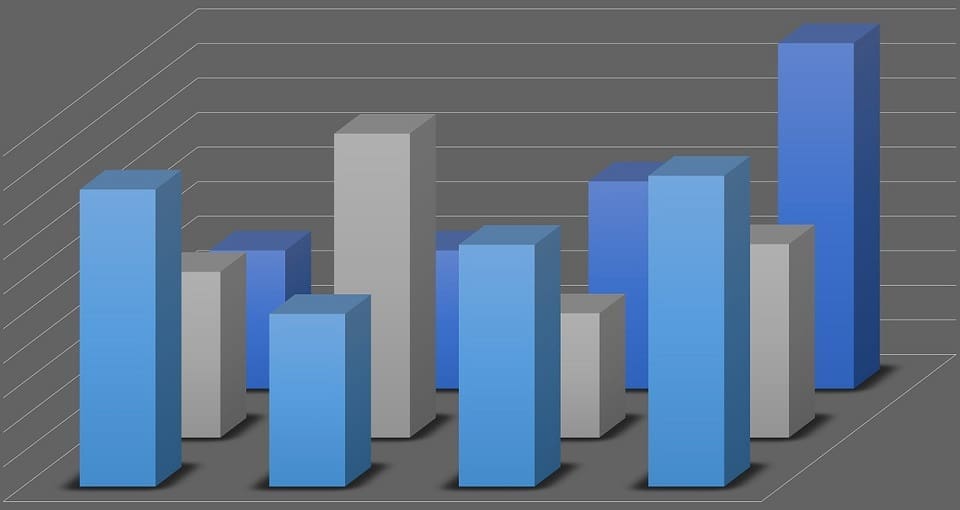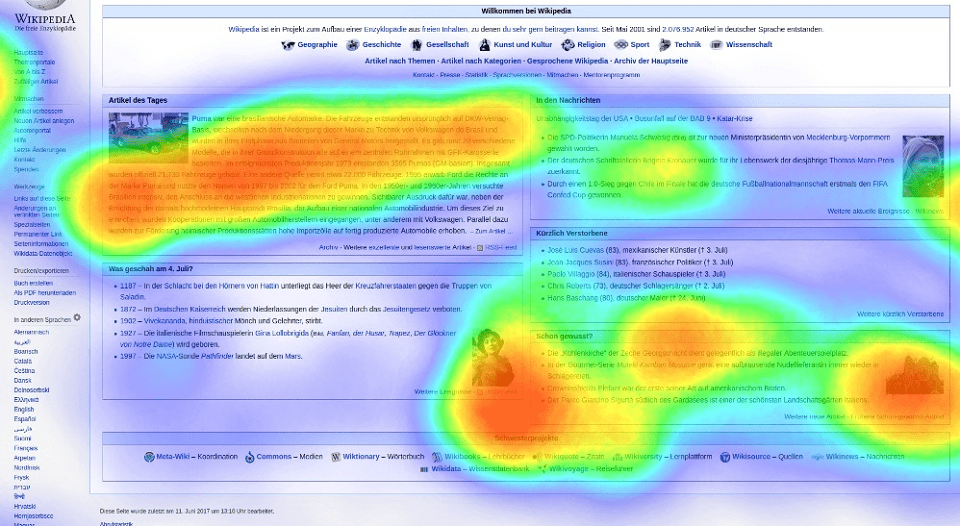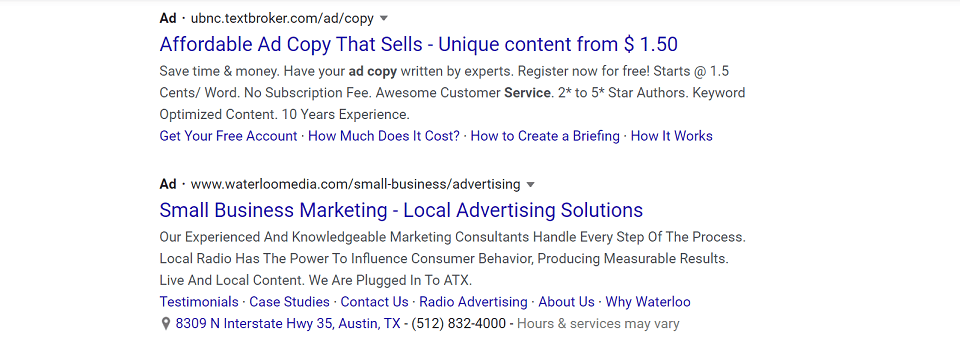At the beginning of the Internet era, no one could fathom how important Search Engine Optimization (SEO) would become between that time and today.
After almost 30 years, SEO has evolved from a simple three-letter term to a complex structure that creates, maintains and adapts valuable connections between content and users.
It connects people with the information they are looking for, using personalized and engaging media.
For this occasion, we have pulled together this simple timeline of SEO, walking through the evolution of optimizing websites for search engines over multiple decades.
Keep in mind that SEO trends are constantly evolve. Be sure to stay up to date with the latest Google algorithm updates and other guidelines.
Early Beginnings: 1991-2002
The first website in the world went live back in 1991. This initial website had a straightforward user interface with simple optimization.
This was ideal at the time, because the first search engines merely indexed and ranked content based on the content itself.
Website organization was helpful, but there was no need to pursue some of the more advanced SEO techniques you see today.
Excite was the first search engine platform that changed the way of presenting information, by sorting results on the basis of keywords that were a part of the content.
Only three years later, Yahoo and Google leapt on the scene to change the way of data presentation.
Of course, the earliest days of ranking websites were paved with black-hat SEO techniques, which at the time were not considered improper methods for getting better rank positioning on search engines.
Standard techniques included things like keyword stuffing, excessive tagging, and spam backlinks over the first decade or so.
Search engines needed months to develop, test, and roll out algorithm updates.
These gaps left more than enough time for crafty website owners to implement black-hat SEO techniques.
After a while, Google made a huge step toward SEO standardization.
This improved the overall experience of connecting a user with the relevant content, by including rules and regulations that would change the Internet world forever.
The Early Days Of SEO: 2003-2005
During these “early days of SEO,” Google decided to come up with more strict and precise rules that changed the user-Google interaction significantly.
A lot of web developers were penalized for bad linking and keyword stuffing, as they wanted to improve the indexing rate.
This period of time is considered to be the times of SEO evolution.
Because many people were depending on black-hat tactics to pursue better SERP placements, Google started building more structured ways to present information like maps, locations, store hours and mobile results.
All of these additions were initial steps towards more personalized search.
Google wanted to give webmasters opportunities to earn results and rankings through more ethical practice. This is the period of early personalized search.
The Middle Era: 2006-2009
During the “middle era” as I like to call it, website optimization shifted to accommodate a wider range of SERP features, such as real-time updates, images, videos, and news.
Around this time, Google launched Google Suggest, the first feature that tries to match user’s search preferences with the results that could potentially be just what the user was looking for.
This was also when we saw introductions of both Google Trends and Google Analytics.
Together, these new offerings turned optimization into a matter of focusing and targeting on a certain target audience, location, or niche.
This user-focused approach created a cornerstone for the personalized web.
Developers knew how to better optimize their content, so they could increase the website’s exposure and earn more customers in return.
User intent became one of the most important factors for good SEO.
Modern SEO: 2010 – present
Google began enforcing strict rules in Internet marketing, regarding keywords, content quality, on-page optimization, and ethical link building practices.
For those who did not want to play by the rules, Google began rolling out a series of penalties to enforce compliance.
While some see this approach as heavy handed, the quality of the results on the SERPs most certainly improved.
This in turn resulted in better presentation of local information and much more targeted advertising capabilities.
During this timeframe, Google also rolled out Google+.
This platform played an important factor in boosting content visibility, both via the social networking features as well as the authorship and publisher markup capabilities that came with it.
All of this led to a personalized and fast global network that we know today.
More recently, we have seen gigantic leaps taken in respect to mobile-friendly or responsive web design, semantic markup and topic-based content targeting, local SEO, and website security (SSL / HTTPS).
Every single one of these is useful in pursuing a more user-friendly and secure web browsing experience, which is key to Google’s long-term strategy for being the best search engine on the globe.
The Future Of SEO (Updated for 2025)
The SEO landscape continues to evolve rapidly as search engines adapt to new technology and user behavior.
Today, search extends far beyond blue links on a SERP.
Google and other engines increasingly surface answers directly through AI Overviews, rich snippets, voice assistants, and visual search.
Optimizing is no longer just about keywords and backlinks—it’s about making sure your content, brand, and entities are recognized and retrievable by both traditional crawlers and generative AI systems.
Visual and multimodal search have moved from predictions to reality.
Users can search with photos, video frames, and even live camera input, and Google’s AI can now interpret and return contextually relevant results.
This shift requires businesses to think not only about text but also about how their images, videos, and structured data communicate meaning to machines.
Personalization continues to deepen. With advancements in machine learning and large language models, results are increasingly tailored to context, history, and intent.
The role of SEO is expanding into AEO (Answer Engine Optimization) and GEO (Generative Engine Optimization), where the goal is visibility inside AI-powered summaries and conversational platforms.
At the same time, Google is stricter than ever about quality and compliance.
Thin content, manipulative link schemes, or black-hat tactics are less likely to slip through unnoticed. Instead, authority, transparency, and trustworthiness are rewarded.
The focus has shifted toward building durable visibility by aligning with search engine guidelines, implementing structured data, and creating content that genuinely answers user questions.
In the near future, SEO will be less about “gaming the algorithm” and more about integrating with an ecosystem of search, AI, and discovery tools—meeting users where they are, in the format they prefer, with authentic and reliable information.
Feature Image Credit: CC 0; Public Domain. All images sourced from pixabay.com.
Disclaimer: The views and opinions stated in this post are that of the author, and Return On Now may or may not agree with any or all of the commentary.
Emily Watts
Latest posts by Emily Watts (see all)
- SEO Trends: Evolution Over 27 Years - July 31, 2018





